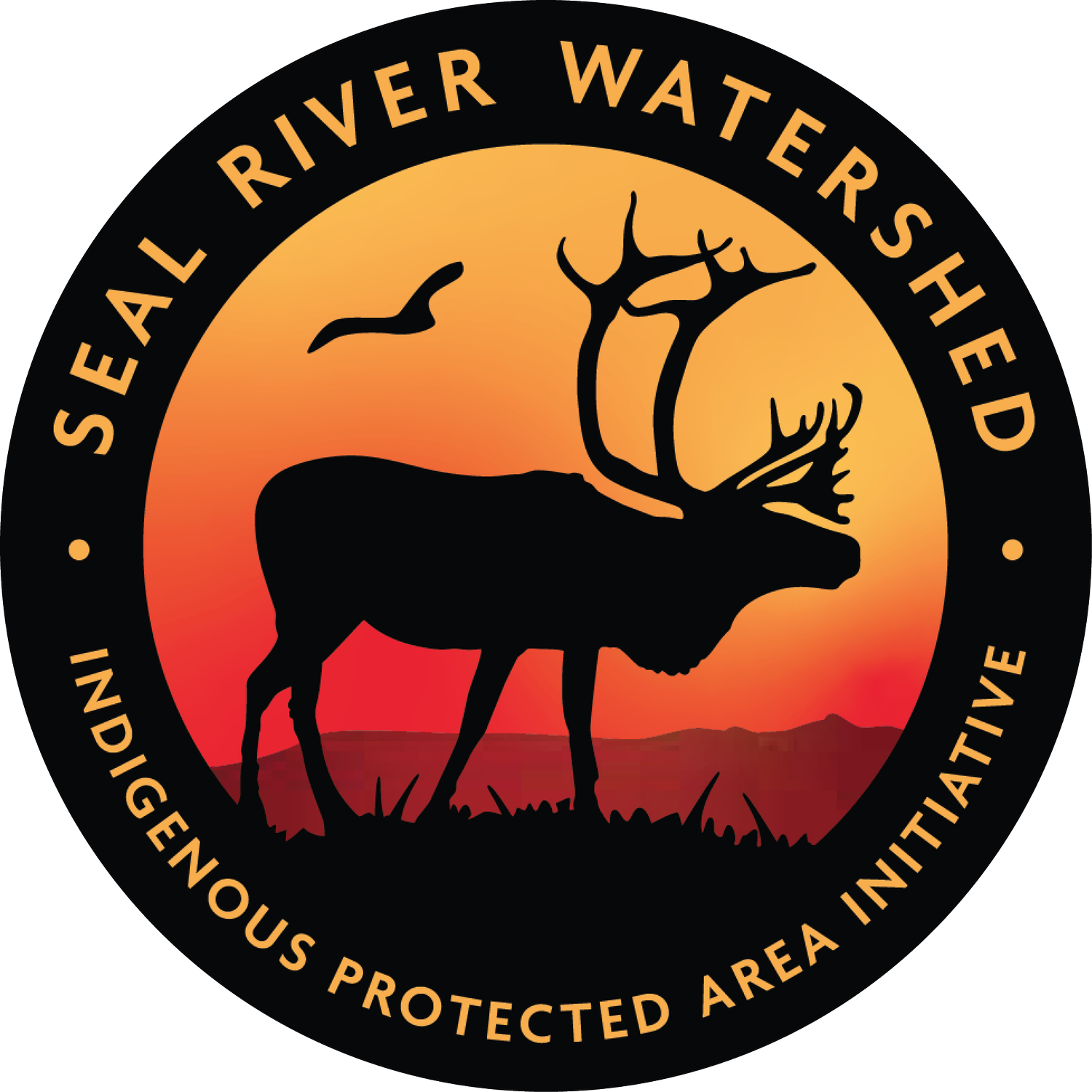SRWA Land Guardians Secure Funding & Take First River Trip
By Stephanie Thorassie
The very first project of the new Seal River Watershed Alliance Land Guardians program started in a good way. We planned a week-long intro to moving water training course traveling from Tadoule to Shetani Lake. The morning of our launch, we gathered on the Back Beach in a frenzy of loading canoes and packing supplies. As we prepared to set off, community members told us: “You can’t leave without going past Front Beach.”
We didn’t understand at first, but when we paddled around the point, we saw half the community lined up on the shore. They had a drum ceremony going, and people were singing and cheering and honking horns. As we turned to leave, a bald eagle flew right over us. And the sound of the drums followed us all the way across Tadoule Lake.
When you have that kind of community support, you know your time on the land will go well.
We had blue skies and warm days the entire trip. And we learned that the alliance’s Land Guardians program received federal funding for our first year of operation, with opportunities to renew support.
I felt so proud of the team when I heard the news. Our group of community representatives—who will now become Land Guardians—have been on the ground building support for the Seal River Watershed Indigenous Protected Area and asserting Indigenous leadership in caring for these lands and waters. Their hard work is paying off, and this federal funding for the Guardians program is just the latest sign.
The Guardians brought so much strength, resilience, and knowledge to our river trip.
One of the goals of the trip was to gain whitewater paddling certificates. The proposed Seal River Watershed Indigenous Protected Area will support ecotourism, including the chance to paddle Manitoba’s last undammed river.
We know our people can guide visitors, but they need training in Western ideas to accompany their Indigenous Knowledge. For example, land users in our community avoid rapids. Why would you put yourself in harm’s way by going through the whitewater when you can portage around it? So, most of our team didn’t have experience with this kind of paddling.
The first day in the whitewater, some of our participants swamped the boat, sending them and their supplies overboard. They were shaken up. But the next day, they went back and owned it. They mastered ferrying, s-curves, and peel outs. And by the end of the day, those same youth who had been white in the face after the swamping wanted to swim through the rapids feet first, and all I could see were helmets and huge smiles.
On our first portage day we surprised our white water trainers, who came from the south. They warned us the portage would be tough and take over four hours, but our group got it done in just over one. Youth who had never carried a canoe were running through the moss and our camp auntie hauled all her packs and bannock supplies with no problem. We have that blood memory of being nomadic and moving big parties of people and gear fast. I was so proud when I saw the looks on our guides’ faces.
The trip embodied the value of bringing Indigenous and western teaching together. Our community knows these lands. We know we can scoop water from the edge of the canoe and drink it. We know it’s hard to fish in Shetani Lake because the seals eat so many. We know the migration patterns of the birds that nest here. Our Guardians will combine this knowledge with western skills—from whitewater safety to GIS mapping, and bird monitoring —to be the best stewards of the watershed.
On the last day of paddling to camp, a storm threatened the team on one side of the river and another storm rolled in off the other bank. But nothing touched our paddlers. Our community prayed our trip would go well, and it did. Incredible things happen when you have the support of your peoples and the lands.



